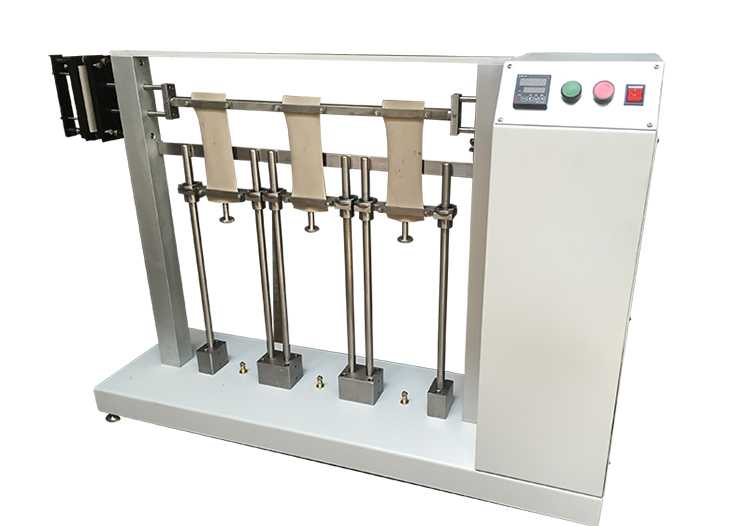Chrysler bending test machine operation precautions

In the field of modern materials science and industrial manufacturing, bending testers, as one of the important testing equipment, play a vital role. Our company's Chrysler bending tester is efficient and accurate. However, the operation of any equipment is accompanied by certain risks and challenges. In order to ensure safety and accuracy during operation, the following are some key considerations:

1. Preparation before operation
Operator training: Ensure that the operator has relevant knowledge and skills, has undergone professional training, and is familiar with the use of the equipment and safe operating procedures.
Equipment inspection and maintenance: Before each use, the equipment is fully inspected and maintained to ensure that all components are intact and the electrical system and hydraulic system (if applicable) are operating normally.
Personal protective equipment: Operators should wear personal protective equipment that meets the requirements, such as safety helmets, protective glasses, protective gloves, etc., to prevent accidental injuries.
2. Sample preparation
Sample status: The sample should be clean and dry, without obvious defects or damage. For non-metallic materials, avoid using fixtures that may damage the surface of the sample.
3. Equipment setup and calibration
Fixture selection: Select the appropriate fixture and loading method according to the test requirements, and install the fixture correctly.
Equipment parameter adjustment: Adjust the loading speed, loading range, and other parameters of the equipment to ensure that they meet the test requirements.
System calibration: Calibrate the measurement system to ensure the accuracy of the measurement results. The calibration process must be carried out according to the steps in the equipment manual, and the equipment parameters must not be changed at will.
4. Test process control
Safe environment: Before conducting the test, clean the work area and ensure that there is no debris or other people around to prevent accidents.
Loading control: Install the sample correctly on the fixture and ensure good contact between the fixture and the sample. After starting the equipment, gradually apply force to bend the sample. Pay attention to the uniform application of force during loading to avoid sudden excessive force.
Data recording: Record the loading force and deformation data in a timely manner, and pay attention to the changes in the state of the sample. At the same time, relevant information during the test process, such as ambient temperature, relative humidity, etc., must also be recorded.
5. Post-test processing
Data collation and analysis: collate and analyze the test data, and calculate the bending strength, elastic modulus, and fracture toughness of the sample.
Result evaluation: compare the test results with the standard requirements to evaluate whether the performance of the sample meets the requirements.
Equipment maintenance: after the test, cut off the power supply, clean the equipment, and lubricate it as necessary. Check the various components of the equipment regularly to ensure its normal operation. If a fault or abnormality is found, repair or replace it in time.
6. Other precautions
Unauthorized operation is prohibited: unauthorized personnel are prohibited from approaching or operating the equipment.
Equipment storage: after stopping use, the equipment should be stored in a dry and ventilated place to prevent the equipment from getting damp or damaged.
Maintenance plan: formulate a maintenance plan based on the frequency of use and working conditions of the equipment, and perform maintenance according to the plan.
By following the above precautions, the safety, accuracy, and reliability of the Chrysler bending tester during use can be ensured, thereby improving the test effect and ensuring the accuracy of the experimental results.
2024-11-07 12:05

